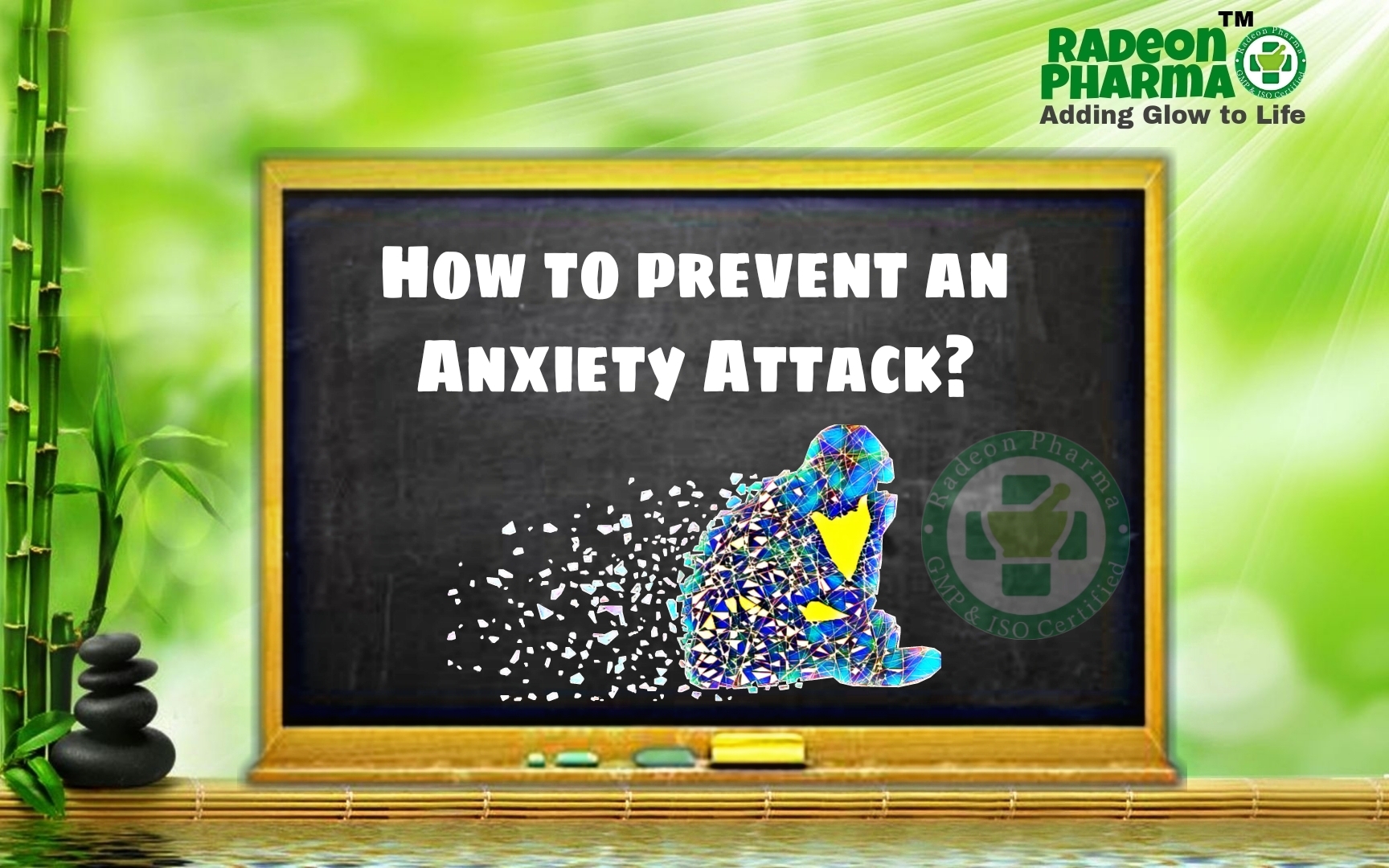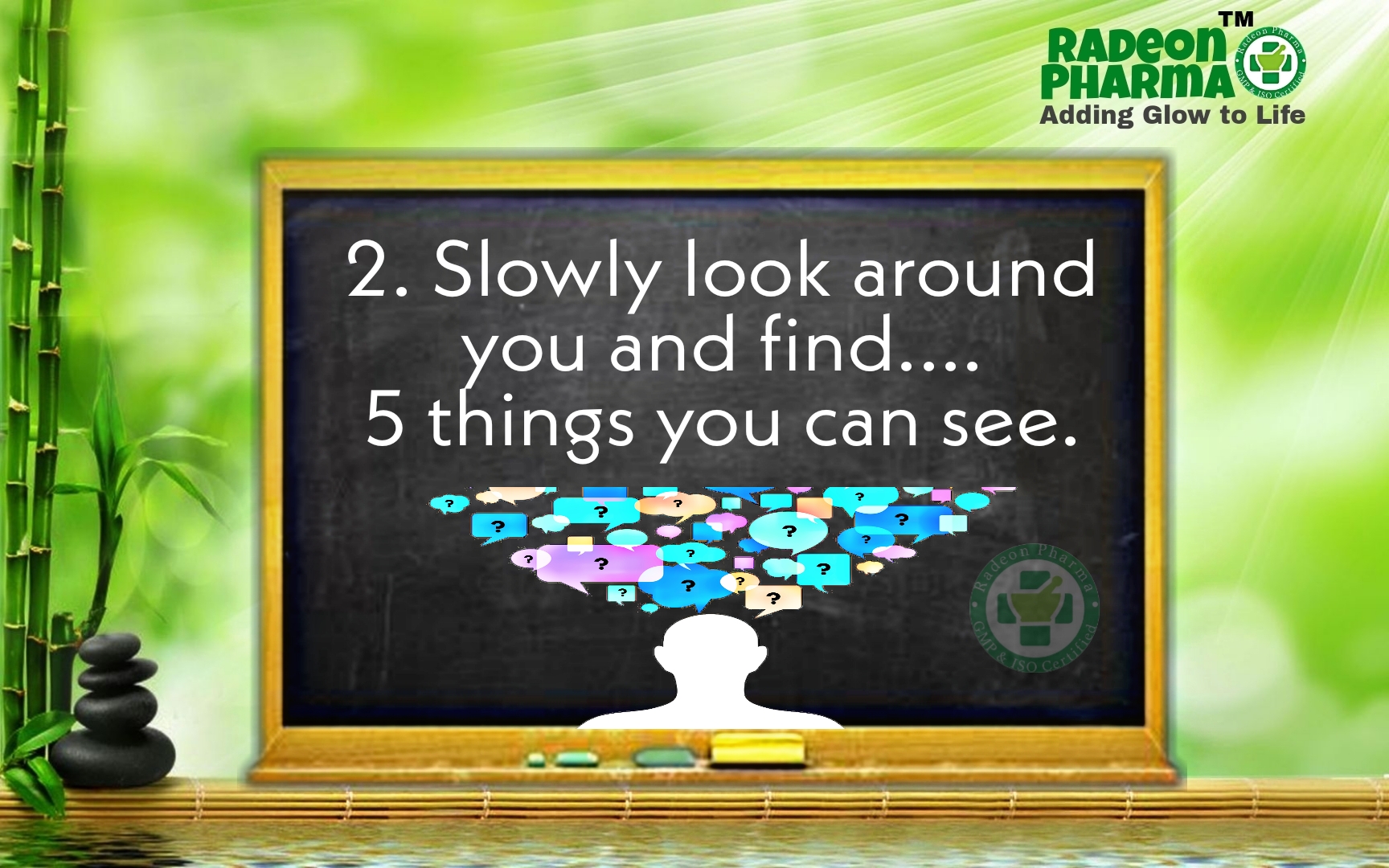Anxiety is a normal and often healthy emotion. However, when a person regularly feels disproportionate levels of anxiety, it might become a medical disorder.
Anxiety disorders form a category of mental health diagnoses that lead to excessive nervousness, fear, apprehension, and worry
These disorders alter how a person processes emotions and behave, also causing physical symptoms. Mild anxiety might be vague and unsettling, while severe anxiety may seriously affect day-to-day living.
Anxiety disorders affect 40 million people in the United States. It is the most common group of mental illnesses in the country. However, only 36.9 percent of people with an anxiety disorder receive treatment.
What is Anxiety
The American Psychological Association (APA) defines anxiety as “an emotion characterized by feelings of tension, worried thoughts and physical changes like increased blood pressure.”
Knowing the difference between normal feelings of anxiety and an anxiety disorder requiring medical attention can help a person identify and treat the condition.
In this article, we look at the differences between anxiety and anxiety disorder, the different types of anxiety, and the available treatment options.
When does anxiety need treatment?
While anxiety can cause distress, it is not always a medical condition.
Anxiety
When an individual faces potentially harmful or worrying triggers, feelings of anxiety are not only normal but necessary for survival.
Since the earliest days of humanity, the approach of predators and incoming danger sets off alarms in the body and allows evasive action. These alarms become noticeable in the form of a raised heartbeat, sweating, and increased sensitivity to surroundings.
The danger causes a rush of adrenalin, a hormone and chemical messenger in the brain, which in turn triggers these anxious reactions in a process called the “fight-or-flight’ response. This prepares humans to physically confront or flee any potential threats to safety.
For many people, running from larger animals and imminent danger is a less pressing concern than it would have been for early humans. Anxieties now revolve around work, money, family life, health, and other crucial issues that demand a person’s attention without necessarily requiring the ‘fight-or-flight’ reaction.
The nervous feeling before an important life event or during a difficult situation is a natural echo of the original ‘fight-or-flight’ reaction. It can still be essential to survival – anxiety about being hit by a car when crossing the street, for example, means that a person will instinctively look both ways to avoid danger.
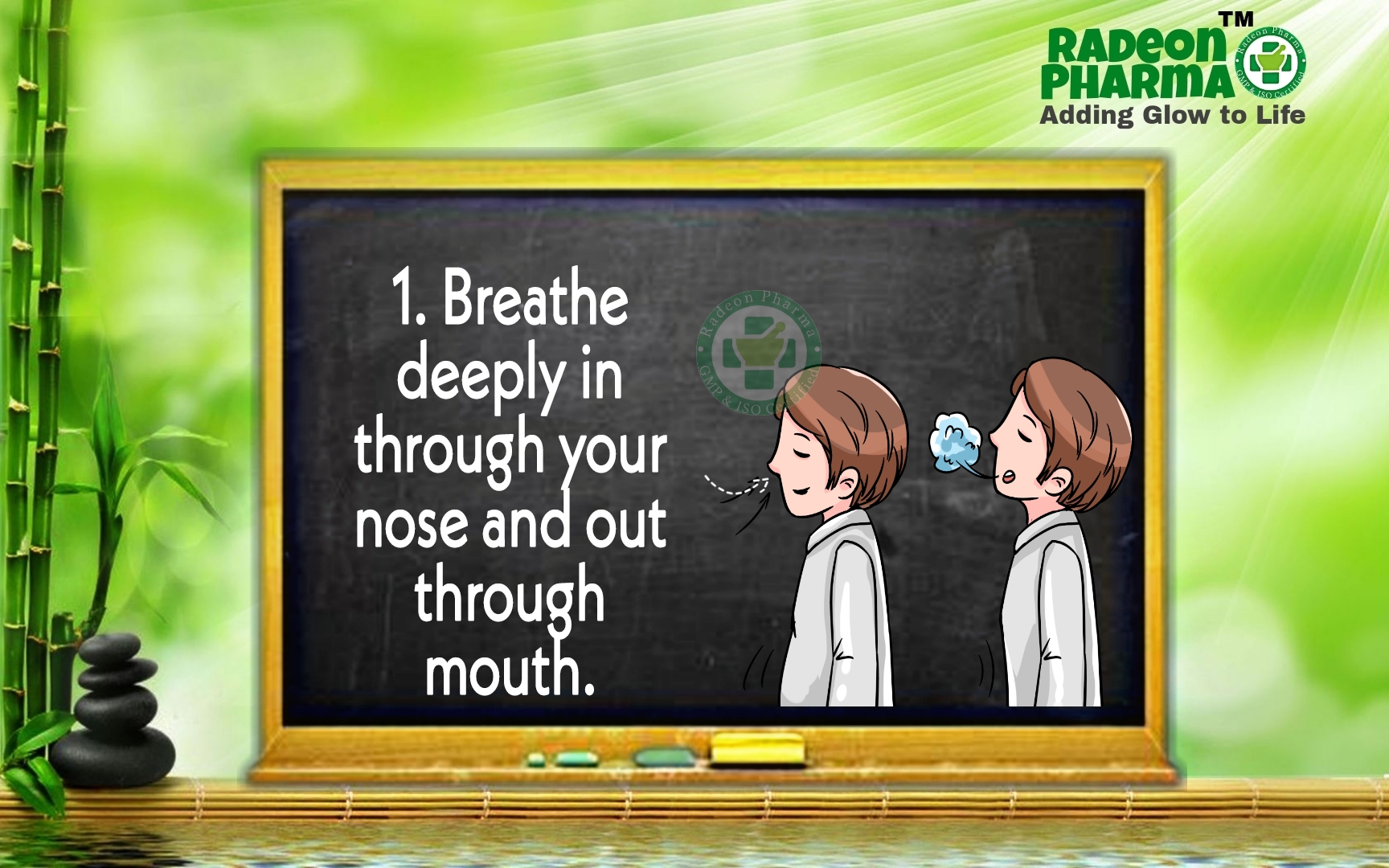
Anxiety disorders
The duration or severity of an anxious feeling can sometimes be out of proportion to the original trigger, or stressor. Physical symptoms, such as increased blood pressure and nausea, may also develop. These responses move beyond anxiety into an anxiety disorder.
The APA describes a person with anxiety disorder as “having recurring intrusive thoughts or concerns.” Once anxiety reaches the stage of a disorder, it can interfere with daily function.
Symptoms
While a number of different diagnoses constitute anxiety disorders, the symptoms of generalized anxiety disorder (GAD) will often include the following:
- restlessness, and a feeling of being “on-edge”
- uncontrollable feelings of worry
- increased irritability
- concentration difficulties
- sleep difficulties, such as problems in falling or staying asleep
While these symptoms might be normal to experience in daily life, people with GAD will experience them to persistent or extreme levels. GAD may present as vague, unsettling worry or a more severe anxiety that disrupts day-to-day living.

Types
The Diagnostic and Statistical Manual of Mental Health Disorders: Fifth Edition (DSM-V) classifies anxiety disorders into several main types.
In previous editions of DSM, anxiety disorders included obsessive-compulsive disorder (OCD) and post-traumatic stress disorder (PTSD), as well as acute stress disorder. However, the manual now no longer groupsTrusted Source these mental health difficulties under anxiety.
Anxiety disorders now include the following diagnoses.
Generalized anxiety disorder: This is a chronic disorder involving excessive, long-lasting anxiety and worries about nonspecific life events, objects, and situations. GAD is the most common anxiety disorder, and people with the disorder are not always able to identify the cause of their anxiety.

Panic disorder: Brief or sudden attacks of intense terror and apprehension characterize panic disorder. These attacks can lead to shaking, confusion, dizziness, nausea, and breathing difficulties. panic attacks tend to occur and escalate rapidly, peaking after 10 minutes. However, a panic attack might last for hours.
Panic disorders usually occur after frightening experiences or prolonged stress but may also occur without a trigger. An individual experiencing a panic attack may misinterpret it as a life-threatening illness, and may make drastic changes in behavior to avoid future attacks.
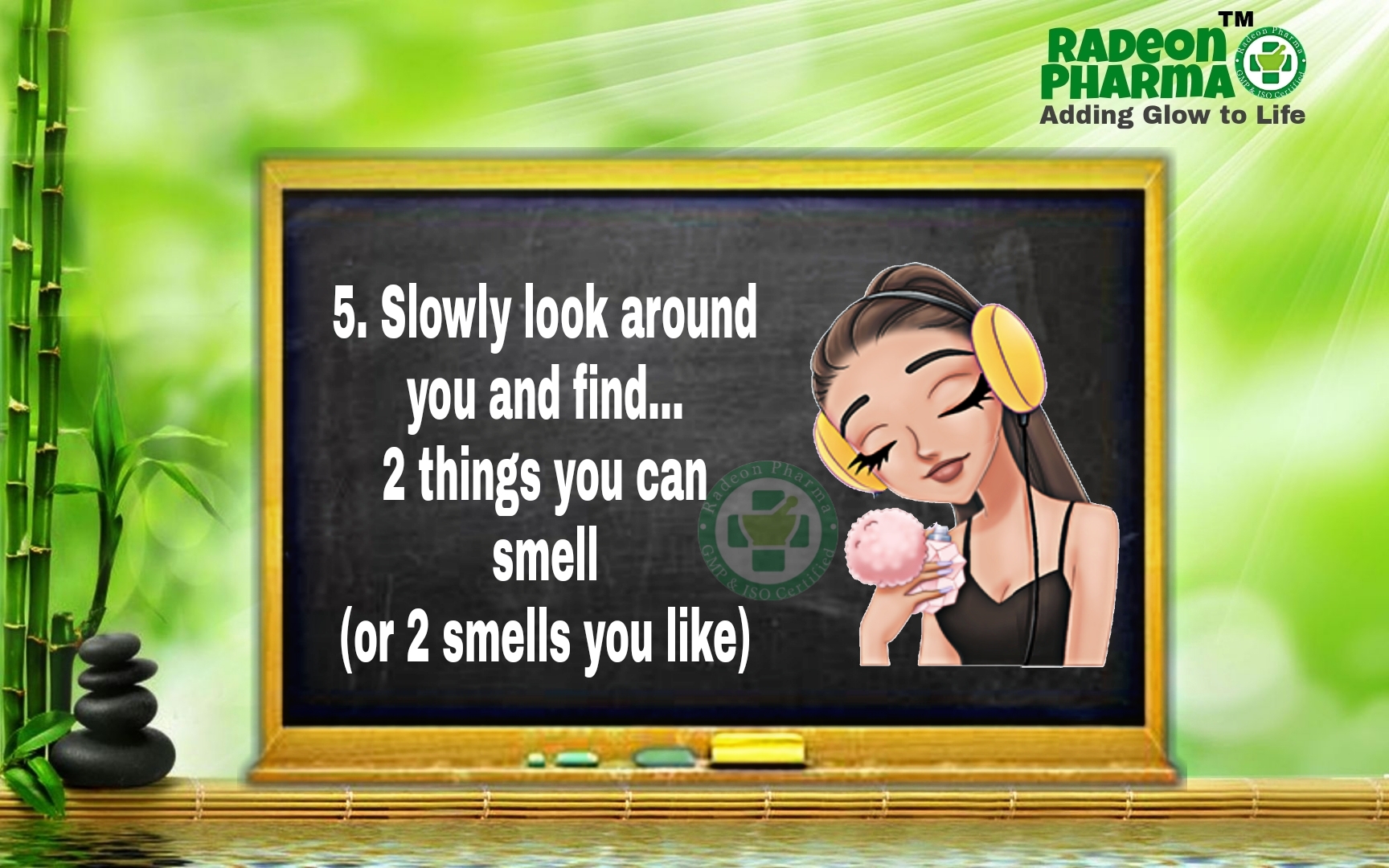
Specific phobia: This is an irrational fear and avoidance of a particular object or situation. phobias are not like other anxiety disorders, as they relate to a specific cause.
A person with a phobia might acknowledge a fear as illogical or extreme but remain unable to control feelings anxiety around the trigger. Triggers for a phobia range from situations and animals to everyday objects..
Agoraphobia: This is a fear and avoidance of places, events, or situations from which it may be difficult to escape or in which help would not be available if a person becomes trapped. People often misunderstand this condition as a phobia of open spaces and the outdoors, but it is not so simple. A person with agropobia may have a fear of leaving home or using elevators and public transport.
Selective mutism: This is a form of anxiety that some children experience, in which they are not able to speak in certain places or contexts, such as school, even though they may have excellent verbal communication skills around familiar people. It may be an extreme form of social phobia.
Social anxiety disorder, or social phobia: This is a fear of negative judgment from others in social situations or of public embarrassment. social anxiety order r includes a range of feelings, such as stage fright, a fear of intimacy, and anxiety around humiliation and rejection.
This disorder can cause people to avoid public situations and human contact to the point that everyday living is rendered extremely difficult.
Separation anxiety disorder: High levels of anxiety after separation from a person or place that provides feelings of security or safety characterize separation anxiety disorder. Separation might sometimes result in panic symptoms.
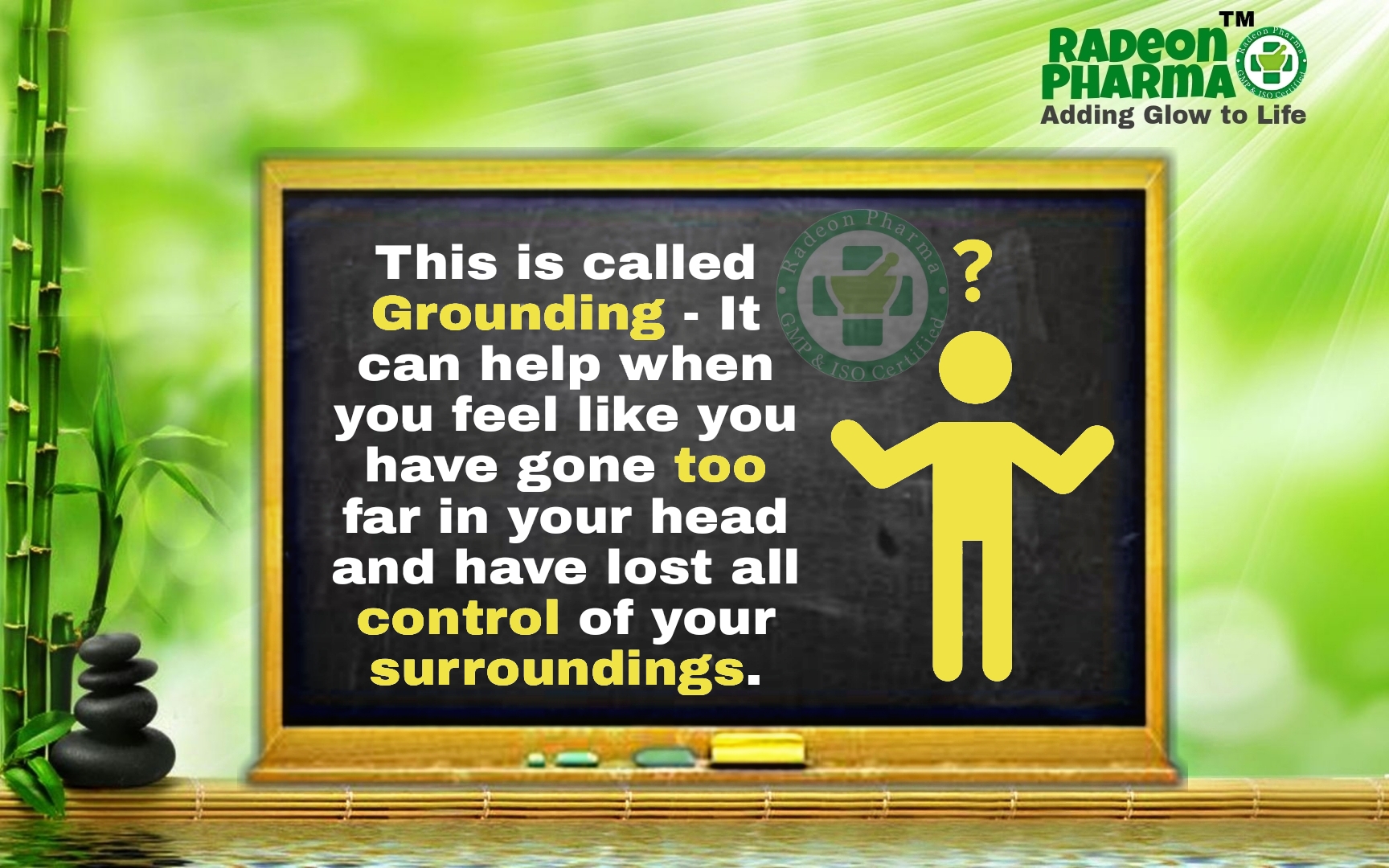
choose to be stress free with Radeon's Brain tech Capsules and Syrup
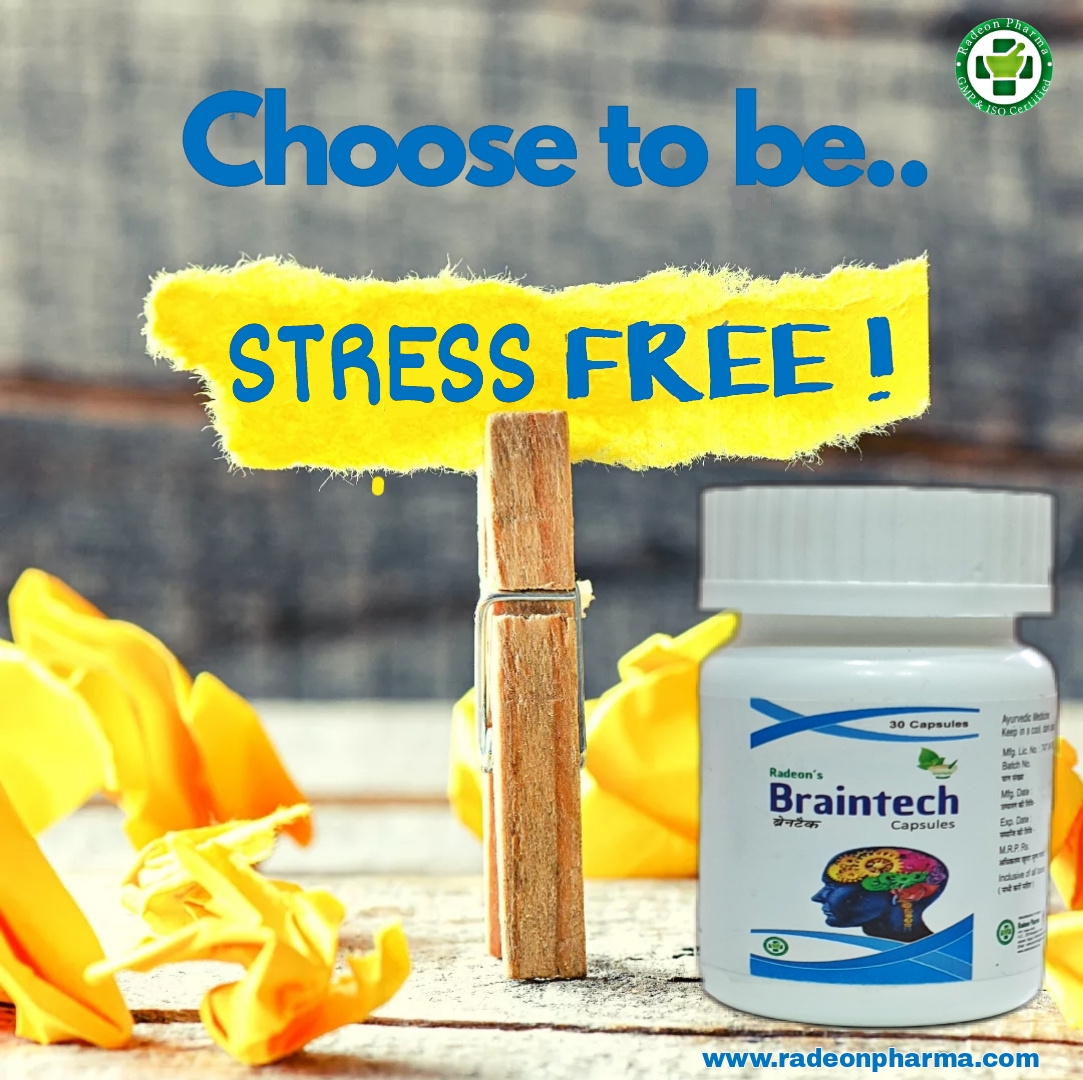
Click on Pic to buy Capsule and Syrup




